
Provençal Garden Pots — Part II: Jarres de Biot
A Provençal Daydream
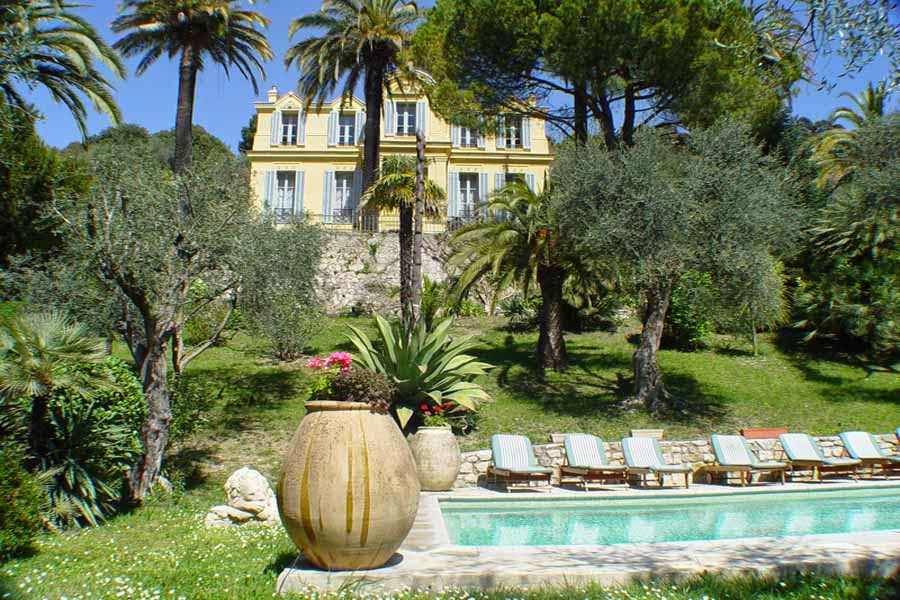
Jarres de Biot bringing rustic Provençal elegance to a villa garden along the Côte d’Azur.
Born in Biot
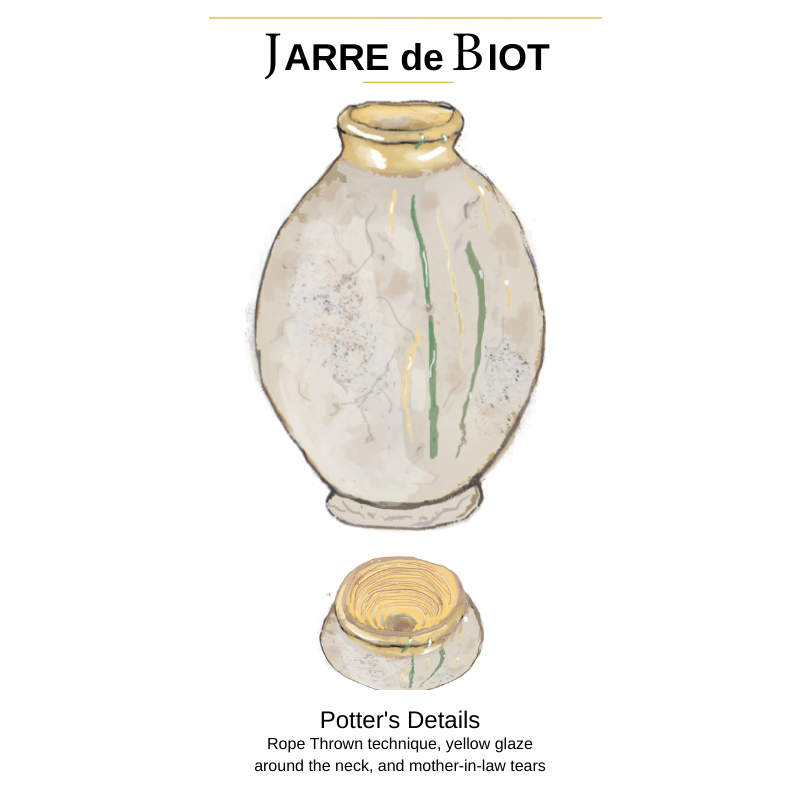
Pretty and Practical
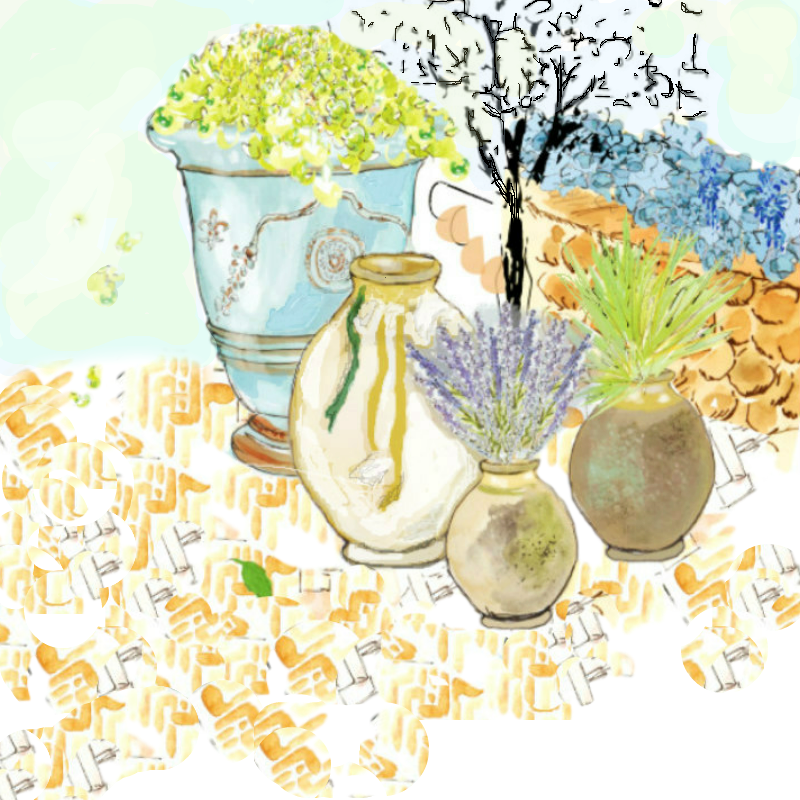
Garden Royalty
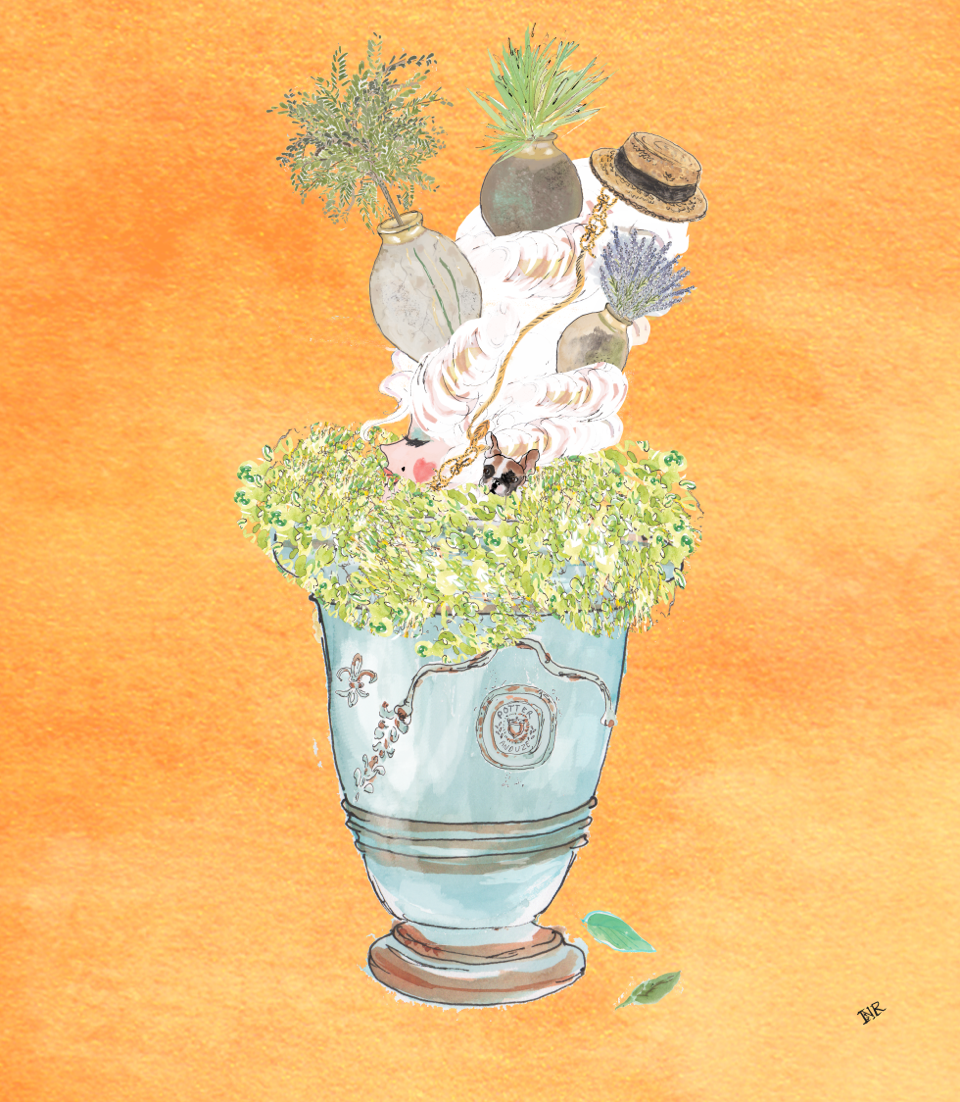
Even Marie Antoinette can’t resist — jarres de Biot and vases d’Anduze make every garden feel like Versailles.
À Bientôt!

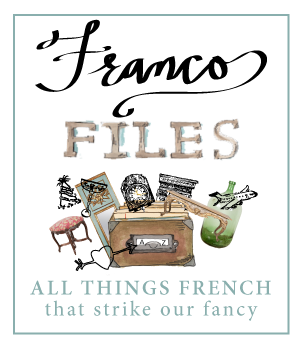


RECENT ARTICLES


Browse the Full Series
See all Word of the Week posts →
See all Word of the Week posts →

Browse the Full Series
See all Double Vision posts →
See all Double Vision posts →










